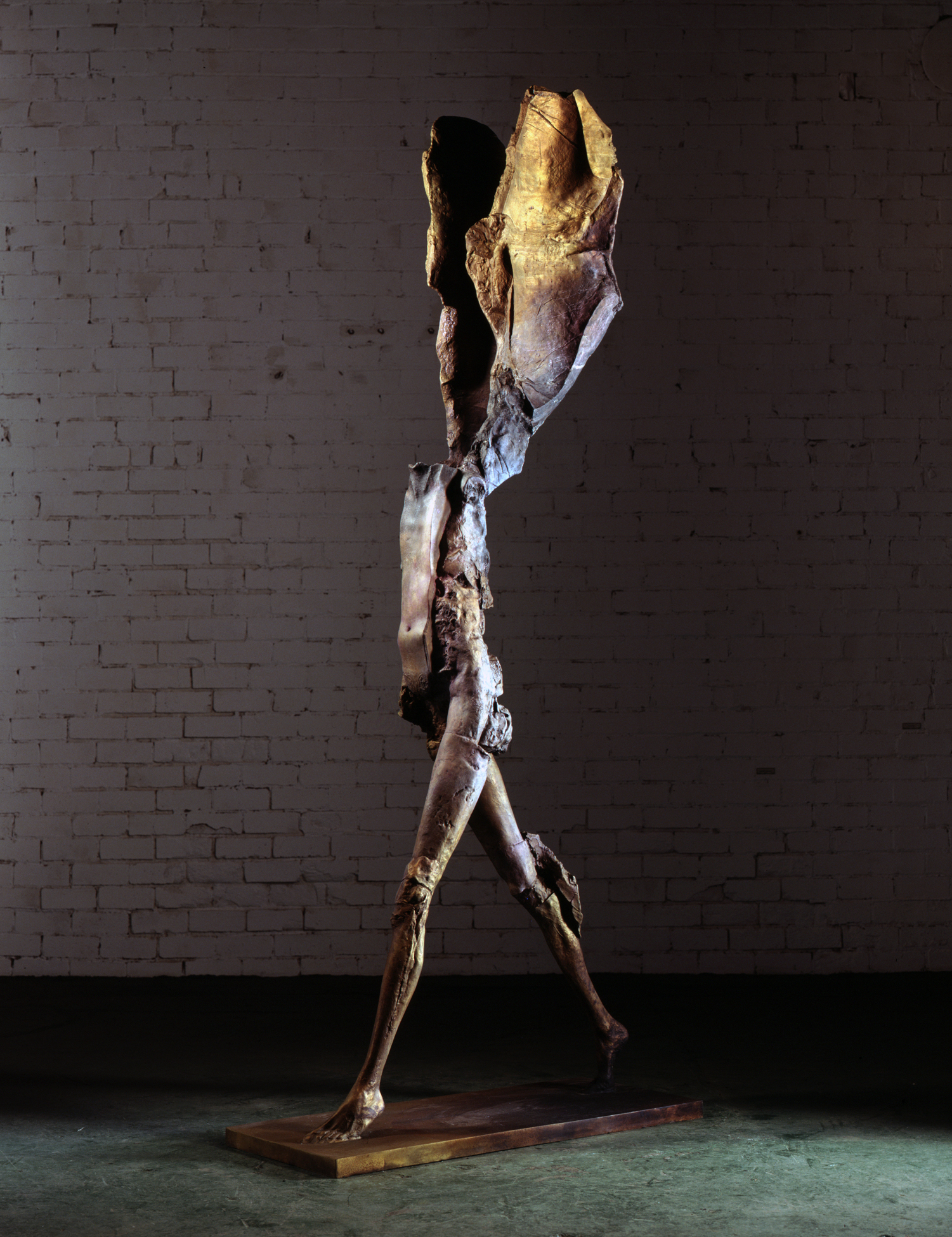
Doris Salcedo's work send very powerful, stark messages. Of the above works, the one in the top left appeals to me the most. I had the opportunity to see this piece in the Boston ICA last year, and it strikes me as a very interesting, thought-provoking piece. It is composed of a wooden chair encased in concrete and held together by several steel bars. What appeals to me about it is its rigidity, the sharp lines as well as the very weathered surface of the concrete. I believe this piece is telling a story about education. The chair she used is very similar to those used in schools. The piece is showing how a strict education system can indoctrinate a child, and lead to a very closed-minded way of thinking. Upon entering school, a child has a very open and light mind, represented by an empty chair, that can adapt to and engage many new things. As time goes on however, the child's mind becomes weighed down with sets of rules, structures, and ways of thinking that are taught to them. The rigidity and weight of a material such as concrete demonstrates how someone's mind can become permanently locked into a way of thinking, unable to adapt to new situations and ideas. I think this piece is challenging not only strict styles of education, but the whole idea of learning in a classroom as well. It's a statement that learning about the world while sitting in a chair will not get you far, you have to go out and experience new things for yourself to develop and mature educationally.







